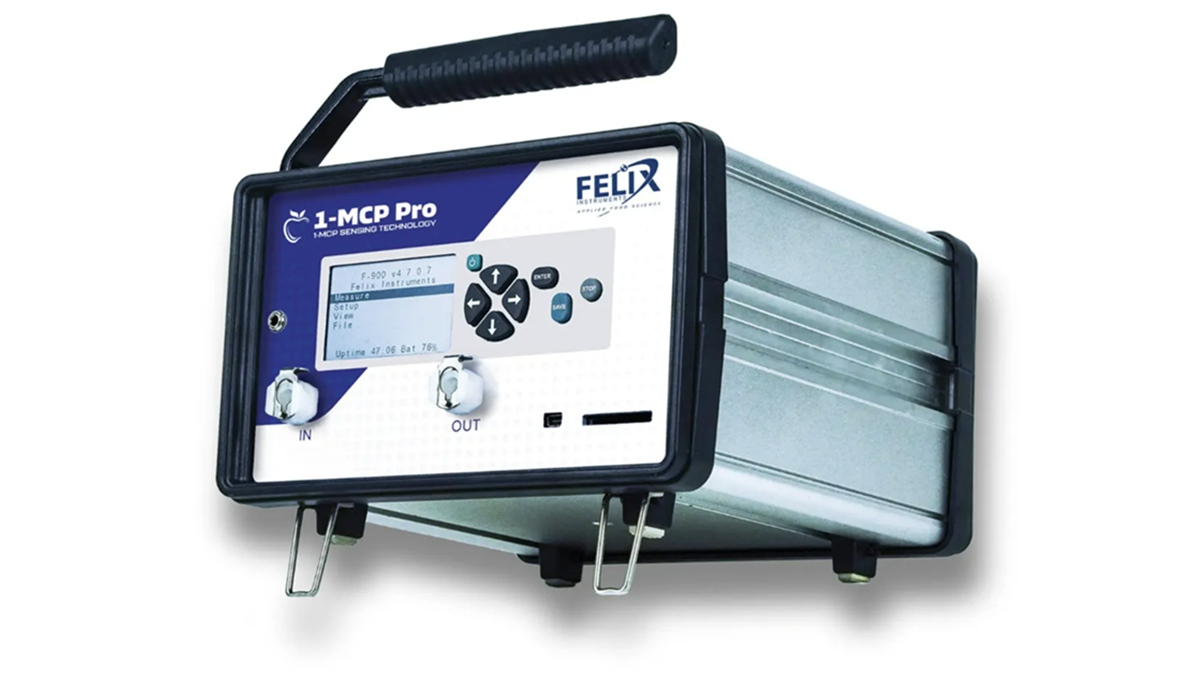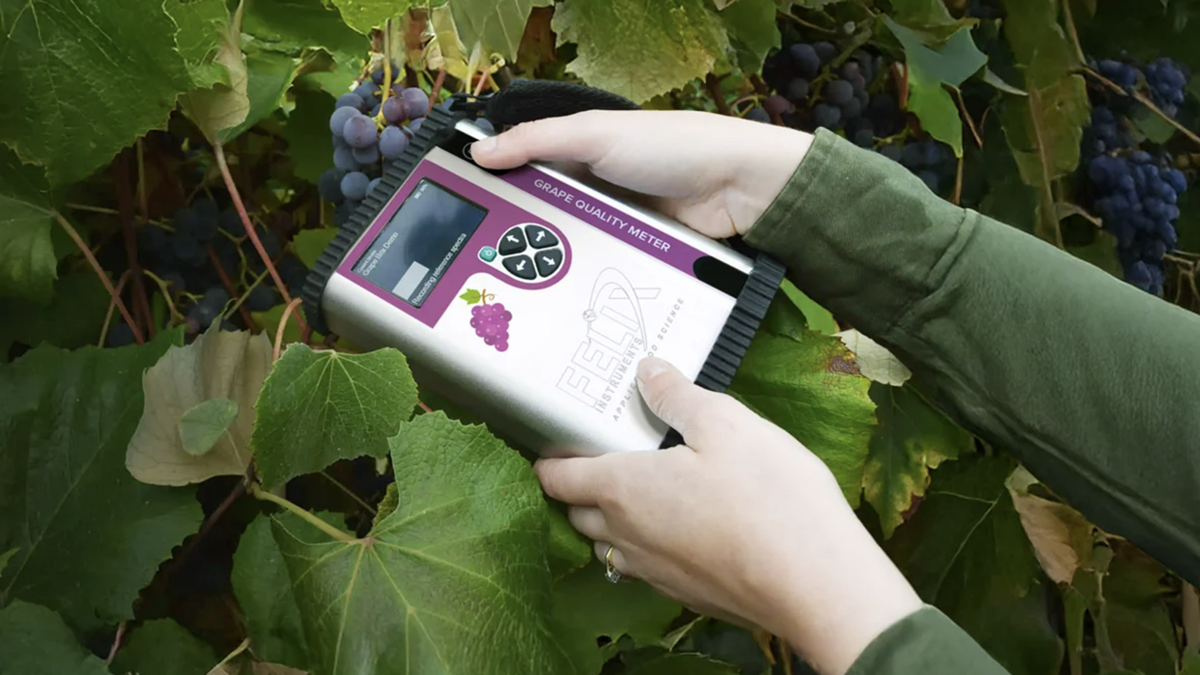Measurements
The path to reduce produce losses in postharvest
One third of food produced is either lost or wasted. According to FAO, globally there is more loss of food in the supply chain before it reaches markets than due to food waste by consumers. It is to the benefit of all of the stakeholders?farmers, handlers, processors, traders and governments - to work on avoiding harvest and post-harvest losses as a solution to producing food for a growing population. As you'll see, state-of-the-art sensors and accessible data analysis are a key contributor to solving these food problems.
04 December, 2019
One third of food produced is either lost or wasted. According to FAO, globally there is more loss of food in the supply chain before it reaches markets than due to food waste by consumers. It is to the benefit of all of the stakeholdersfarmers, handlers, processors, traders and governments - to work on avoiding harvest and post-harvest losses as a solution to producing food for a growing population. As you'll see, state-of-the-art sensors and accessible data analysis are a key contributor to solving these food problems. Food loss vs. Food wasteFood loss is the reduction in quantity and quality of food in the production and supply chain from producers to the market. Food waste, on the other hand, happens at the market and consumer level when food is not purchased, when it is thrown away before it reaches the table, or when it remains untouched in the consumer's home. When food is lost or wasted, it does not just produce a financial impact, but also negatively effects other valuable resources such as land, water, and energy used to produce the food. As agriculture is a major polluter, one-third of pollution from this sector satisfies no real purpose. Food waste alone is estimated to contribute 8% of global carbon emissions, and this doesnt cover emissions due to food loss! Food loss occurs in both developed and developing countries, though the amounts can differ and range from 17-39%, respectively (See Figure 2). This is exponentially regrettable, considering how much of the world's population lacks food security. Fruits and vegetables, along with meat, are the important components that provide essential nutrients and vitamins which could prevent malnutrition. Fresh produce also happens to be more prone to food loss and food waste, as it is perishable. 56% of vegetables and 61% of fruits are wasted after harvest (See figure 3). Fresh produce is lost at pre-harvest, harvest, and post-harvest stages for various reasons. Minimizing postharvest food lossThere is a 16-36% post-harvest loss of fruits every year due to mechanical, microbial, and physiological causes. There are various stages after harvest where things can go wrong, such as handling, storage, packing, or transportation:- Handling: Processing involves washing, trimming, and packaging vegetables and fruits to clean them, remove diseased or damaged parts, and improve appearance.- Grading: Fresh produce is sorted according to their shape, size, and colour into different grades. There is considerable loss of produce at this stage since many fruits and vegetables are rejected for being ugly. Government and supermarket policies, as well as consumer awareness, could end food loss at this stage.- Packaging: Good protective packing material can prevent mechanical and physiological damage during transport and storage. Produce can then retain appearance, taste, and freshness.- Storage and Ripening: Precooling can reduce up to 6% loss in weight during storage of both fruits and vegetables. Many climacteric fruits like apples are harvested before ripening, which happens during storage in ripening rooms. Temperature, humidity, and levels of oxygen(O2), carbon dioxide (CO2), and ethylene are closely monitored regularly to provide the best conditions to extend storage and for proper ripening. Small handheld tools can be used in simple, as well as sophisticated, storage facilities to collect data on environmental conditions. By improving storage, quality of produce can be maintained and storage time extended. Both measures can go a long way in preventing food loss:- F-920 Check It, measures relative humidity, CO2, and O2 from 0-100% in six seconds. It is used in storage facilities, ripening rooms, shipping containers, packaging lines, and retailers.- F-940 Store It, measures and analyses ethylene, CO2, and O2 levels for optimal storage of produce.- F-950 Three Gas Analyzer, monitors levels of ethylene, CO2, and O2. It can help producers and suppliers maintain optimal conditions at every phase of the supply chain to guarantee high produce quality.- F-960 Ripen It! Gas Analyzer, analyses the levels of ethylene, CO2, and O2 simultaneously within 30 seconds for quick decision making during the ripening process.



.jpg)







